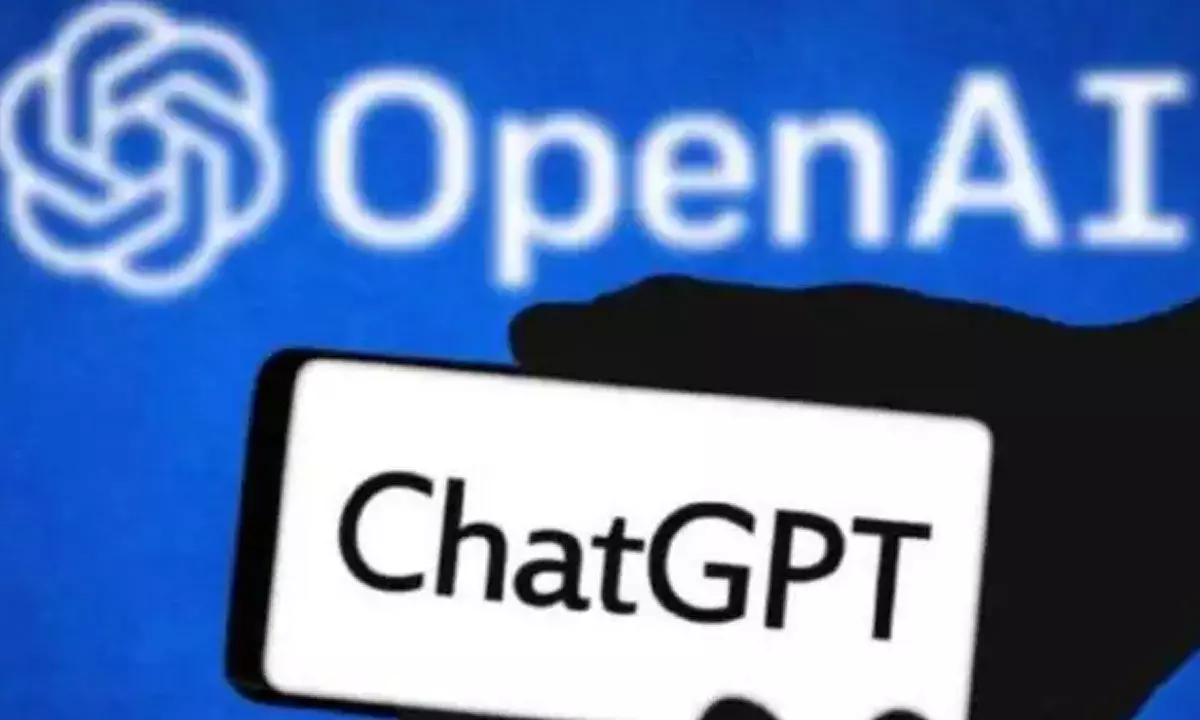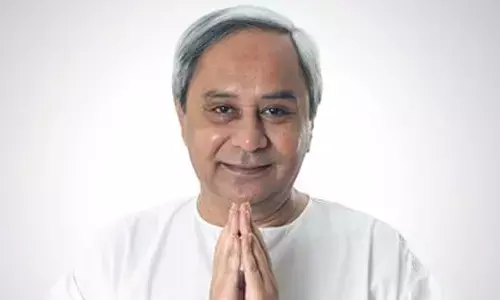GPT-Next 100 Times More Powerful Than GPT-4: OpenAI Japan CEO

OpenAI Japan's CEO announces GPT-Next, an AI model 100 times more powerful than GPT-4, with advanced multimodal and learning capabilities.
At the KDDI Summit 2024, Tadao Nagasaki, CEO of OpenAI Japan, shared groundbreaking news about OpenAI's upcoming AI model, GPT-Next. According to Nagasaki, this next-generation AI model will be 100 times more powerful than the widely popular GPT-4, raising excitement about its potential applications and capabilities.
GPT-Next was first introduced at an event in Paris in May, leaving the tech world in awe. As the successor to GPT-4, this new model promises to push the boundaries of artificial intelligence even further. However, questions have emerged about the rumoured GPT-5 and OpenAI's secretive Project Strawberry, which is also being developed alongside a new AI model named Orion. These developments signal an exciting future for AI, but for now, the focus is on the imminent arrival of GPT-Next.
Nagasaki's announcement confirmed that GPT-Next will feature vastly improved multimodal capabilities and more intelligent training techniques, enhancing its overall performance. This evolution will make the model more efficient and powerful without relying solely on vast computing resources. Instead, the key to its advancement lies in improvements to the underlying architecture of the AI system.
During the summit, Nagasaki highlighted the rapid growth and adoption of OpenAI's current products, particularly ChatGPT, which has now surpassed 200 million active users. This milestone makes it the fastest software in history to reach such a large user base. He emphasized how OpenAI has succeeded in making AI more accessible and user-friendly, transforming how millions interact with technology daily.
One of the standout points from Nagasaki's speech was the comparison between GPT-3 and GPT-4, illustrating how AI is evolving exponentially. The leap from GPT-4 to GPT-Next is expected to be revolutionary, with GPT-Next reportedly being 100 times more capable. This improvement will likely reshape the AI landscape, with even more advanced models like Orion and GPT-5 on the horizon, promising even greater capabilities.
OpenAI's Chief Technology Officer, Mira Murati, hinted at this upcoming transformation. She previously announced GPT-4o, an upgraded version of GPT-4, which is twice as fast, 50% cheaper, and has five times higher rate limits than GPT-4 Turbo. Murati described GPT-4o as the "future of interaction between humans and machines" due to its enhanced text, vision, and audio capabilities.
When speaking about the future of AI and models like GPT-Next, Murati suggested that AI might soon surpass human intelligence in certain areas. During a talk at her alma mater, Dartmouth Engineering, she compared the developmental stages of OpenAI's models, explaining that GPT-3 had the intelligence of a toddler. At the same time, GPT-4 was comparable to a high school student. In contrast, GPT-Next could exhibit PhD-level intelligence, making it more intelligent than humans in specific tasks.
As OpenAI continues to push the limits of what AI can achieve, GPT-Next is poised to redefine how we interact with technology. With this 100-fold improvement over GPT-4, the future looks promising for AI integration in everyday life, offering users a more advanced and intelligent experience.
















